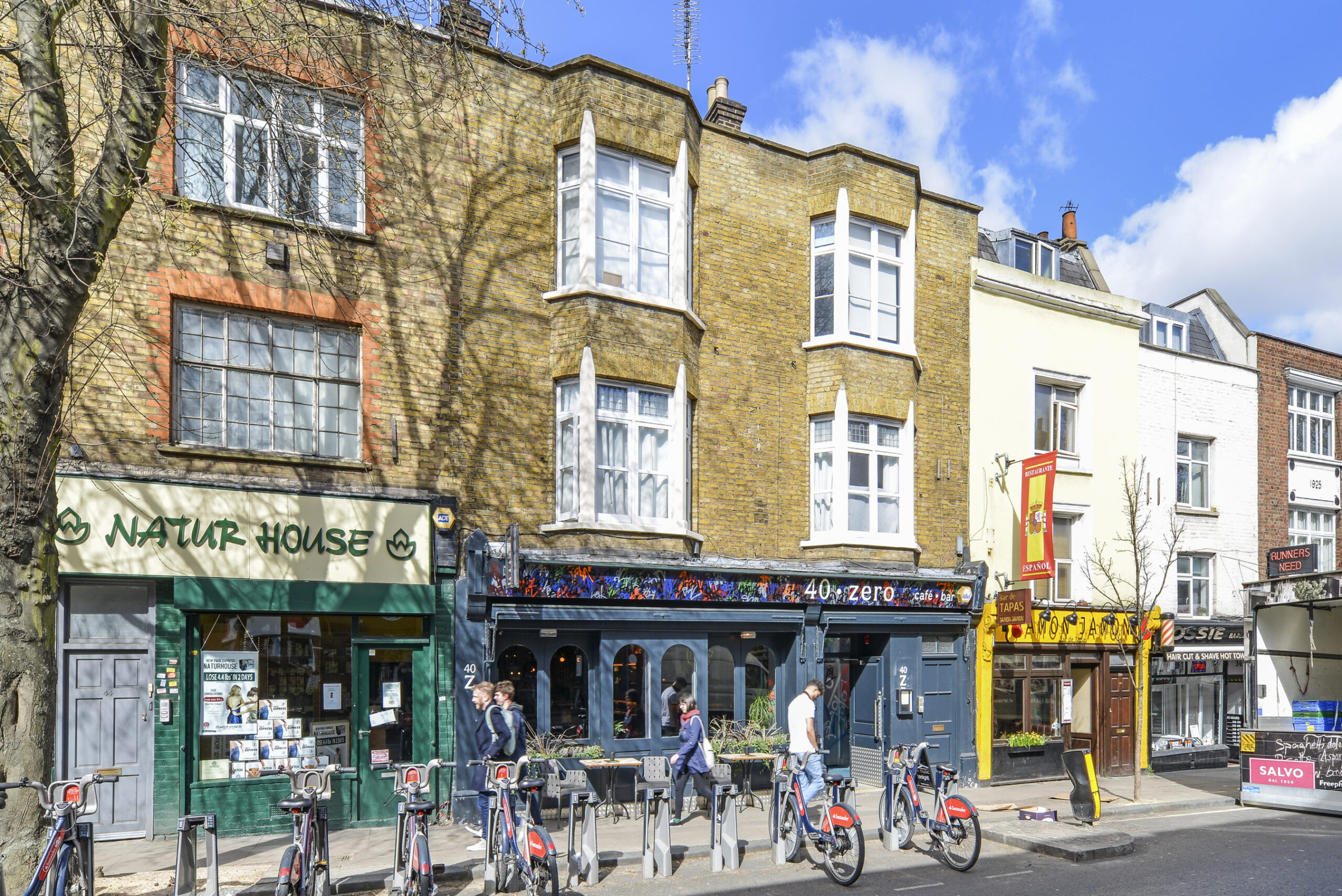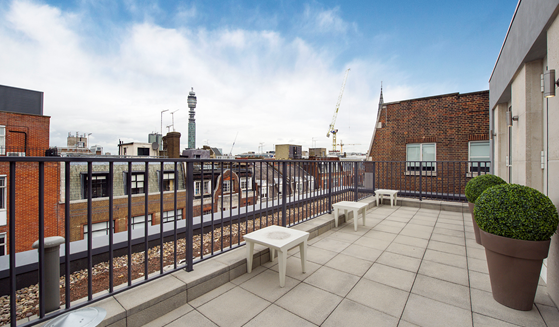A mixed use property is a property which has multiple use classes for different floors or areas of the building.
Some examples of mixed use properties would include a property with a shop on the ground floor and apartments in the upper parts, or a large new development including office space, new homes, and retail space. A mixed use property is generally split into domestic living units (e.g.: homes and flats) and commercial working units (e.g.: shops, gyms, and offices). It is a very broad definition and covers a wide variety of properties. Most mixed use units are configured vertically with certain floors dedicated to commercial space, and others dedicated to residential space. In larger developments, they can be configured horizontally with offices and homes located next to each other, however this is less common. Mixed use properties can have a variety of uses – for more information on commercial use classes, take a look at our helpful guide.
Mixed use properties are very desirable for a wide range of tenants, many residential tenants appreciate the fact that they are so close to the amenities included within the mixed use property such as a shop or a gym. In addition, being in the same building as a commercial unit probably means you are in an area with good public transport links – another desired attribute for residential tenants. From a commercial tenant’s perspective, renting a mixed use property often means they are located either on the high street or in an area with high footfall. Many purchasers of mixed use property are looking for a property which they can use to both live and work however, unless the mixed use property is purchased with vacant possession, this is an unlikely scenario due to the different conditions of commercial and residential leases. Assured Shorthold Tenancies are usually only for 12 months, whereas commercial leases typically last at least 5 years.
Many investors are, however, drawn to mixed use properties for tax purposes. A purchaser of a mixed use property typically pays stamp duty on the whole property as a commercial unit which lowers their tax liability versus simply buying a residential property. In addition, mixed use properties benefit from multiple income streams and often have more attractive capital values than solely commercial properties.
If you purchase a solely commercial property with A1 or A2 use, many local authorities allow you to apply for planning permission in order to change part of the property to residential use. In many local authorities, you are also able to do this through permitted development without getting planning permission. We recommend you research this thoroughly and get legal advice before undertaking works.
However, there are also some disadvantages to mixed use properties. You often need specialist building insurance which reflects the specific status of the building and the use classes contained within it, this can sometimes be more expensive than more traditional building insurance. In addition, it is important to get the right tenant dynamic when you are letting to multiple different people, this will help you avoid conflict in the future and ensure that all your tenants are happy with outcomes. You will also not be able to buy a mixed use property with a typical buy to let mortgage, meaning that you will need more liquidity in order to purchase a mixed use property than you would to buy a purely residential property.




